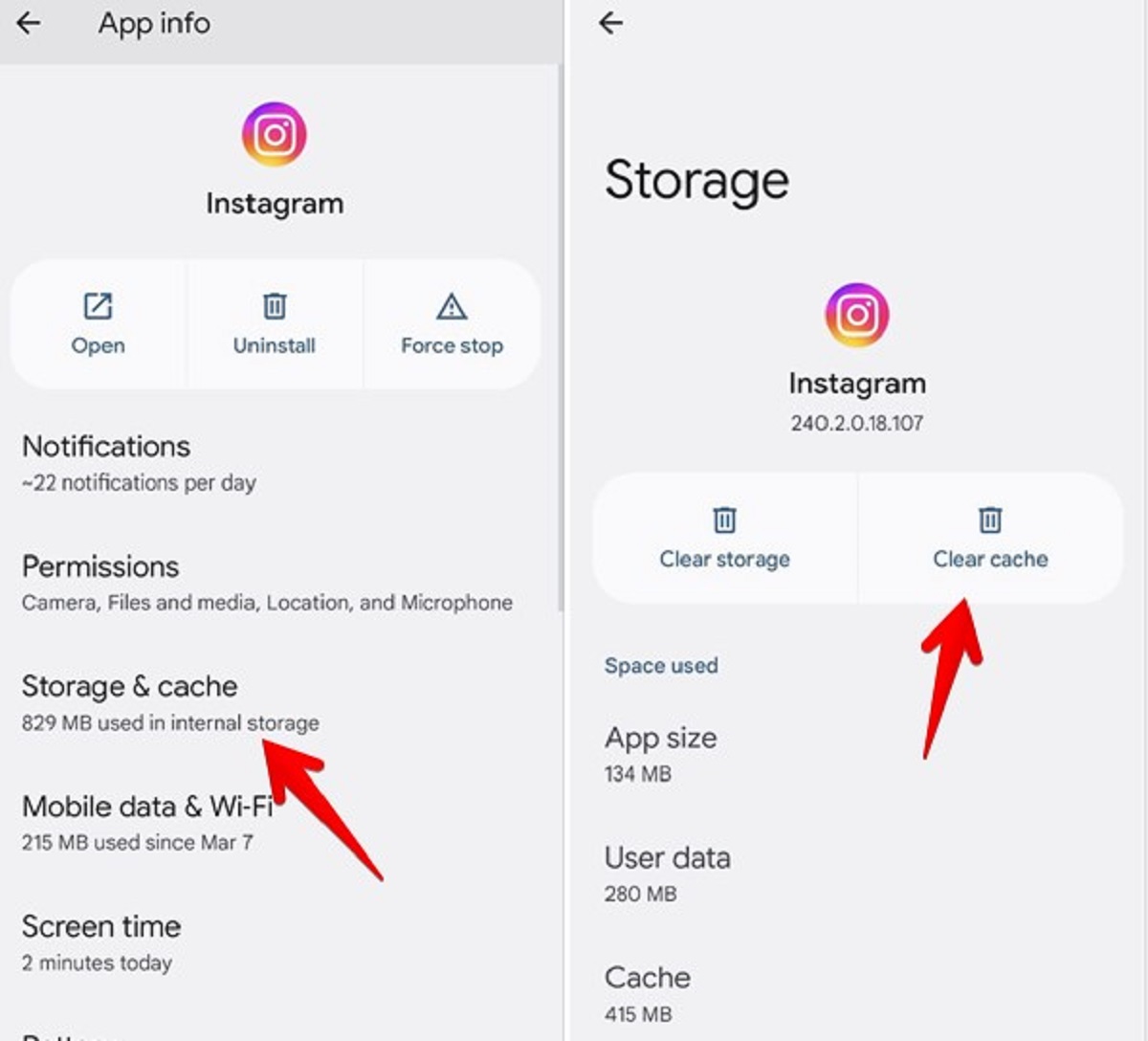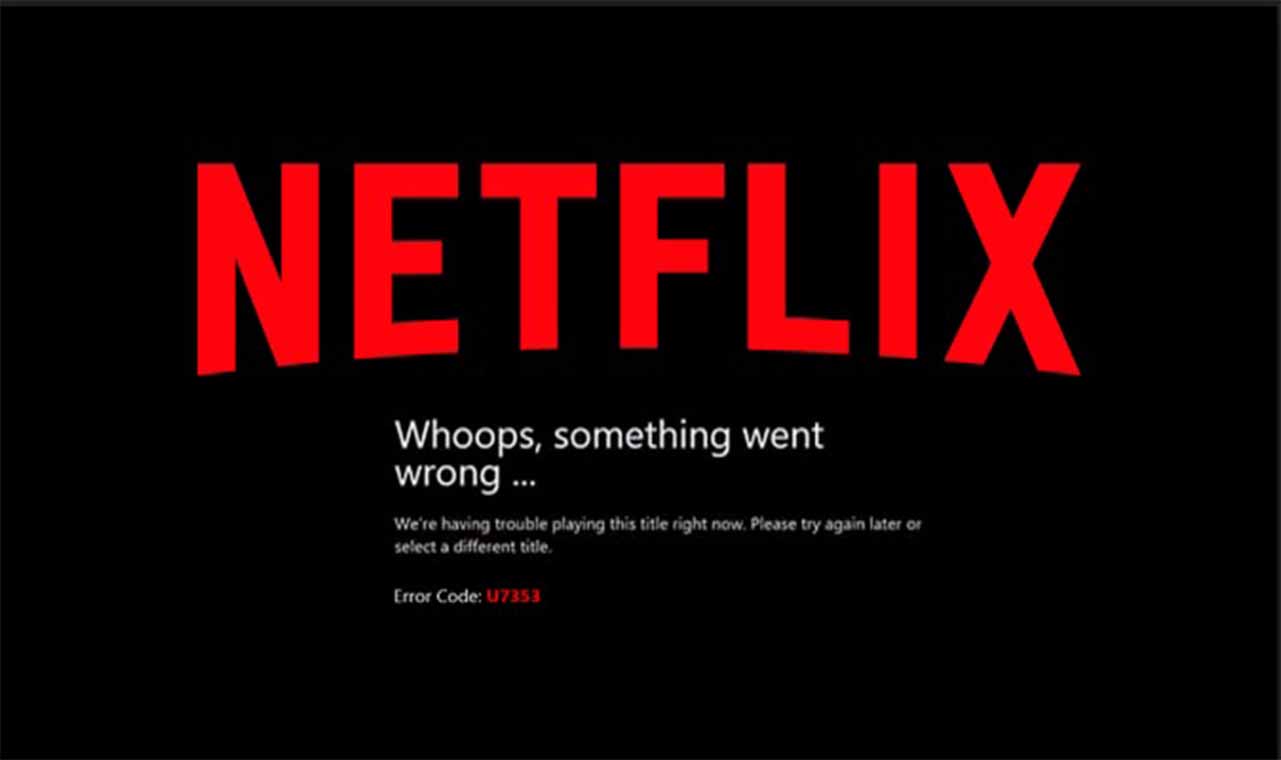Introduction
The popularity of online gaming has skyrocketed in recent years, attracting millions of players from around the world who are eager to immerse themselves in virtual adventures, compete against others, and enjoy interactive entertainment. Despite the vast array of gaming options available online, one question commonly arises: why isn’t online gaming free on systems? With the rise of mobile gaming and gaming consoles, players often expect that access to online gaming should be free of charge. However, the reality is that the development, maintenance, and infrastructure costs associated with online gaming necessitate the inclusion of fees or other monetization strategies.
While there are free-to-play games available, they often include additional features or, more prominently, microtransactions and in-game purchases. In this article, we will explore the various reasons why online gaming isn’t entirely cost-free on systems. By understanding the complexities and expenses involved, we can gain a deeper appreciation for the games we enjoy and the justification behind the fees and monetization models utilized.
The Cost of Online Gaming
Behind the scenes of every online game lies a web of costs that justify the need for payment or alternative monetization methods. This section will delve into the primary factors that contribute to the overall cost of online gaming.
1. Infrastructure and Maintenance: Online gaming requires robust servers and network infrastructure to ensure optimal performance and minimal downtime. These infrastructural costs include the purchase and upkeep of powerful servers, the acquisition of bandwidth, and the employment of skilled technicians to oversee and maintain the gaming platforms. These expenses are necessary to provide a smooth and uninterrupted gaming experience for players.
2. Game Development and Updates: The process of developing a high-quality online game is complex and time-consuming. It involves a team of skilled professionals, including game designers, artists, programmers, and sound engineers, who work tirelessly to create captivating gameplay, realistic graphics, and engaging storylines. The financial outlay required for such talented individuals, along with post-launch updates and bug fixes, significantly contributes to the overall cost of online gaming.
3. Server Costs: A significant portion of the expenses associated with online gaming pertains to the acquisition and maintenance of servers. Online games require powerful servers capable of managing massive player bases and handling intensive gameplay demands. These servers need to be housed in secure data centers, which further adds to the costs. Additionally, as online gaming continues to evolve, server upgrades and expansions may be necessary to accommodate growing player numbers and ensure a seamless gaming experience.
4. Additional Features and Services: Many online games offer extra features and services to enhance the gaming experience. These may include voice chat capabilities, in-game messaging systems, leaderboards, matchmaking algorithms, and anti-cheat measures. Integrating and maintaining these features incur additional costs that contribute to the overall expense of online gaming.
Despite the costs involved, game developers strive to strike a balance between profitability and player satisfaction. They often resort to various monetization models to cover expenses and generate revenue, which will be explored further in the following sections.
Infrastructure and Maintenance
One of the significant costs associated with online gaming is the infrastructure and maintenance required to provide a seamless and enjoyable gaming experience for players. Building and maintaining robust servers and network infrastructure is essential for delivering stable and lag-free gameplay. Here, we will explore the key aspects that contribute to the costs of infrastructure and maintenance in online gaming.
1. Server Acquisition: Game developers need to invest in high-performance servers capable of handling the demanding nature of online gaming. These servers are specifically designed to support large player bases and handle intensive traffic. The costs associated with purchasing these servers can be substantial, especially for popular games with thousands or even millions of active players.
2. Bandwidth and Hosting: To ensure a smooth gaming experience, online games require a substantial amount of bandwidth. This allows for fast data transfer between players and the game servers, minimizing latency and enabling real-time interactions. Additionally, game developers often rely on dedicated hosting providers that specialize in handling the unique requirements of online gaming. These hosting services come at a cost, adding to the expenses of maintaining the game infrastructure.
3. Network Architecture: Building a reliable and robust network infrastructure is crucial for online gaming. This includes implementing redundant connections, load balancing mechanisms, and efficient data routing to ensure stable and uninterrupted gameplay. Game developers must invest in network architecture design and setup to provide players with a seamless gaming environment.
4. Technical Support and Maintenance: The ongoing maintenance and technical support required for online gaming platforms should not be overlooked. Skilled technicians and IT professionals are needed to monitor the servers, ensure that they are running optimally, and promptly address any issues that may arise. This includes applying updates, fixing bugs, and implementing security measures to protect players and the gaming infrastructure.
The costs associated with infrastructure and maintenance are necessary to deliver a reliable and enjoyable online gaming experience. By investing in high-quality servers, robust network architecture, and skilled technical support, game developers can provide players with a stable and immersive gaming environment. These costs are passed down to the players through various monetization strategies, as explored in the following sections.
Game Development and Updates
The process of developing an online game is a complex and resource-intensive endeavor, involving a team of skilled professionals working together to create an immersive and enjoyable gaming experience. In this section, we will discuss the key aspects of game development and updates that contribute to the overall costs of online gaming.
1. Talent and Expertise: Developing a high-quality online game requires a team of talented individuals with diverse skill sets. This includes game designers, artists, programmers, sound engineers, and writers, among others. Each member of the team brings their expertise and creativity to the table, contributing to the overall game development process. Hiring and retaining such skilled professionals comes at a cost, as their expertise and experience are paramount in creating engaging gameplay, stunning visuals, and captivating storylines.
2. Research and Planning: Before diving into the development phase, extensive research and planning are required. This includes market analysis, player behavior studies, and competitive research to ensure that the game aligns with players’ preferences and stands out in the market. This research and planning phase requires time and investment to lay the foundation for a successful game.
3. Iterative Development: Game development often follows an iterative model, where prototypes are built, tested, and refined based on player feedback. This iterative process ensures that the game mechanics, controls, and overall experience meet the expectations and preferences of the target audience. Each iteration adds to the development costs, as the team continually refines and enhances the game based on player feedback.
4. Post-Launch Updates: The work on an online game does not stop at the launch. Game developers are committed to providing ongoing support and updates to address bugs, introduce new features, and improve the overall gameplay experience. These updates require developers to allocate resources and allocate time to ensure that players receive a constantly evolving and engaging experience.
Game development is an intricate and demanding process that involves the collaboration of various professionals and the investment of time, expertise, and financial resources. The costs associated with game development and post-launch updates are crucial to ensuring the quality and longevity of the online gaming experience.
Server Costs
Behind every online game, a robust and reliable server infrastructure is the backbone that allows players to connect, interact, and enjoy the gaming experience. In this section, we will delve into the factors that contribute to the costs associated with servers in online gaming.
1. Server Acquisition: One of the significant costs in building an online gaming platform is the acquisition of servers. These servers are specially designed to handle the demands of multiplayer gaming, including real-time interactions, large player bases, and high-performance computing capabilities. Game developers need to invest in powerful servers or server clusters tailored to meet the requirements of their specific game.
2. Data Centers: Hosting the servers in reliable and secure data centers is crucial for the stability and uptime of the online gaming platform. Data centers provide the necessary infrastructure to house and maintain the servers, ensuring optimal conditions such as temperature control, backup power supply, and physical security. Choosing reputable data centers that offer 24/7 technical support comes at a cost, contributing to the overall server expenses.
3. Scalability: Online games experience fluctuating levels of player activity, with peak periods driving the need for additional server capacity. Ensuring that the server infrastructure can scale to accommodate sudden surges in player numbers is vital to maintain a smooth gaming experience. Scaling up server capacity quickly and efficiently often requires additional investment in server hardware and the ability to provision new servers on-demand.
4. Maintenance and Monitoring: Servers require ongoing maintenance, monitoring, and updates to ensure optimal performance and security. This includes applying security patches, optimizing server configurations, and monitoring server health and traffic patterns. In-house or outsourced IT personnel are necessary to oversee these tasks, which adds to the server expenses.
5. Bandwidth Costs: Online gaming involves a constant flow of data between the game server and the players. This requires a significant amount of bandwidth to accommodate real-time gameplay, updates, and player interactions. Internet service providers charge for bandwidth usage, and the costs increase as the player base and data transfer volume grow.
Server costs are an integral part of the overall expenses in online gaming. They ensure that the game servers are reliable, scalable, and capable of delivering an immersive, lag-free, and enjoyable gaming experience to players around the world.
Additional Features and Services
Online gaming platforms often go beyond the core gameplay experience to offer additional features and services that enhance the overall gaming experience. These features require extra development effort and ongoing maintenance, contributing to the overall costs of online gaming. In this section, we will explore some common additional features and services and their associated costs.
1. Voice Chat and Communication Systems: Many online games provide integrated voice chat features, allowing players to communicate with each other in real-time. Implementing and maintaining voice chat systems require investment in technology, server infrastructure, and ongoing moderation to ensure a safe and enjoyable environment for players to interact verbally.
2. In-Game Messaging and Social Features: Online games often include in-game messaging systems and social features that foster communication and enable players to form social connections within the gaming community. These features require development time and ongoing server maintenance to ensure they operate smoothly and securely.
3. Matchmaking Algorithms: Matchmaking algorithms are used to pair players of similar skill levels or preferences to provide fair and balanced gameplay experiences. Designing and developing these algorithms necessitates careful planning, testing, and ongoing optimization to ensure accurate and satisfactory matchmaking results.
4. Leaderboards and Rankings: Online games frequently incorporate leaderboards and ranking systems to promote competition and provide players with a sense of achievement. Maintaining and updating these systems, including implementing anti-cheat measures, requires ongoing effort and resources to ensure fair play and accurate rankings.
5. Anti-Cheat and Security Measures: With the rise of online gaming, ensuring a secure and cheat-free environment is paramount. Implementing anti-cheat measures, monitoring for unauthorized activities, and continuously updating security protocols require significant investment in development resources and ongoing maintenance.
These additional features and services enrich the online gaming experience but come at a cost. Game developers need to allocate resources for their development, maintenance, and periodic updates to ensure that players receive the desired level of engagement and enjoyment. The quality and availability of these additional features play a crucial role in attracting and retaining players in the highly competitive online gaming industry.
Subscription Models
Subscription models have become increasingly popular in the world of online gaming as a way to generate revenue and cover the costs associated with game development and maintenance. In this section, we will explore how subscription models work and their impact on the overall costs of online gaming.
1. Membership Benefits: Subscription-based online gaming platforms typically offer members a range of benefits, such as access to exclusive content, early game releases, additional in-game currency, or enhanced customization options. These perks incentivize players to subscribe and contribute to the ongoing revenue stream.
2. Regular Revenue Stream: Subscriptions provide a reliable and steady revenue stream for game developers, allowing them to plan and allocate resources effectively. Rather than relying solely on one-time purchases or in-game transactions, subscriptions offer a more stable financial foundation to support ongoing game development, updates, and server maintenance.
3. Long-Term Player Engagement: Subscription models encourage long-term player engagement and loyalty. By paying a recurring fee, players have an incentive to continue playing and make the most of their subscription benefits. This can foster a sense of community and commitment, benefiting both the players and the game developers.
4. Constant Content Updates: Subscription-based games often provide regular content updates, expansions, or DLC (downloadable content) to keep players invested and maintain the value of their subscription. These updates usually bring new features, quests, items, or areas to explore, ensuring a fresh and evolving game experience for subscribers.
5. Cost-Effective for Players: Depending on the pricing structure, subscription models can be cost-effective for players who invest a significant amount of time in the game. Instead of purchasing individual games frequently or engaging in microtransactions, subscribing to a service can offer a wider range of games and content at a relatively lower cost.
Subscription models provide a sustainable revenue model for game developers and offer benefits to players in the form of additional content and value. By implementing these models, game developers can continue to invest in the ongoing development, updates, and maintenance of their online games, ensuring a high-quality gaming experience for subscribers.
Microtransactions and In-Game Purchases
Microtransactions and in-game purchases have become prevalent in online gaming, offering players the option to acquire virtual goods and enhancements within the game. This section will explore the concept of microtransactions and their impact on the overall costs of online gaming.
1. Virtual Goods and Enhancements: Microtransactions allow players to purchase virtual goods or enhancements that can enhance their gameplay experience. These items can include cosmetic items, such as character skins or in-game outfits, as well as functional items like weapons, power-ups, or additional levels. The availability of these optional purchases helps support game development and ongoing maintenance.
2. Frequent Revenue Streams: Microtransactions provide a continuous revenue stream for game developers, even after the initial purchase of the game itself. Instead of relying solely on upfront purchases, developers can offer a variety of optional items or services that players can purchase as they progress through the game. This steady flow of revenue helps support ongoing updates, server costs, and development of additional content.
3. Player Choice and Customization: Microtransactions allow players to customize their gaming experience according to their preferences. By offering a wide range of cosmetic items or functional enhancements, players can tailor their characters or gameplay style to their liking. This customization adds depth, personalization, and a sense of individuality to the game.
4. Free-to-play with In-Game Purchases: Many online games adopt the “free-to-play” model, where players can access the game without an upfront cost. However, the developers monetize the game through microtransactions and in-game purchases. This model allows a wider player base to participate in the game while providing opportunities for those players who are willing to make additional purchases to enhance their gaming experience.
5. Balancing Fairness and Pay-to-Win: One challenge associated with microtransactions is striking a balance between fair gameplay and pay-to-win scenarios. Game developers need to ensure that optional purchases do not create an unfair advantage for paying players over those who choose not to spend extra money. This can be achieved by offering cosmetic items or functional enhancements that do not significantly impact gameplay balance.
Microtransactions and in-game purchases offer players a pathway to enhance and customize their gaming experience while providing a continuous revenue stream for game developers. When implemented responsibly, these transactions can help support the ongoing development, maintenance, and evolution of online games.
Advertising Revenue
Advertising revenue is another important factor that contributes to the monetization of online gaming. In this section, we will explore how advertising is incorporated into online gaming and its impact on the overall costs of the games.
1. In-Game Advertisements: Many online games integrate advertisements directly into the gameplay experience. These ads can be displayed as banners, pop-ups, or video ads within the game interface, often during loading screens or in between game sessions. The revenue generated from these in-game advertisements helps offset the costs of game development, maintenance, and server infrastructure.
2. Sponsorship Deals: Game developers often establish sponsorship deals with brands or companies that are relevant to the gaming community. These sponsorship agreements can involve in-game advertising or exclusive content promotions tied to the sponsoring brand. Such partnerships provide additional revenue streams while also enhancing the game’s authenticity by aligning with brands that resonate with the player base.
3. Product Placement: Some games incorporate product placements by featuring real-world brand logos or products within the game’s environment. This can include anything from billboards displaying recognizable brand advertisements to characters using specific branded items. Product placement provides an additional source of revenue for developers while potentially enhancing the realism or immersion of the game.
4. Ad-Funded Free-to-Play: Certain games adopt the “ad-funded free-to-play” model, where the game is available to play without any upfront cost, but players are exposed to advertisements during gameplay. The revenue generated from these ads supports the continued operation and development of the game, providing a sustainable business model without relying on player purchases.
5. Cross-Promotion: Online games often engage in cross-promotion, where they advertise other games or products within their own game. This mutually beneficial arrangement allows game developers to earn advertising revenue while exposing their player base to other games or promotions that may interest them.
Advertising revenue plays a significant role in offsetting the costs of online gaming. By incorporating advertisements or establishing sponsorship deals, developers can generate revenue streams that contribute to ongoing development, maintenance, and the overall sustainability of the game.
Conclusion
Online gaming is a thriving industry that offers players a rich and immersive gaming experience. However, the misconception that online gaming should be entirely free is often prevalent. In reality, the development, maintenance, and infrastructure costs associated with online gaming necessitate revenue generation through various monetization strategies.
From the costs of infrastructure and maintenance to game development, server expenses, additional features, and services, online gaming requires substantial investments to deliver a seamless and enjoyable experience to players. Subscription models and microtransactions provide reliable revenue streams, allowing game developers to support ongoing development, updates, and server maintenance.
Additionally, advertising revenue and sponsorship deals contribute to the monetization of online gaming, offsetting costs and providing players with an opportunity to engage with relevant brands within the gaming environment.
It is essential to recognize that while online gaming may come with associated costs, these expenses contribute to the overall quality, functionality, and sustainability of the games. The monetization strategies employed by game developers aim to strike a balance between generating revenue and offering players a compelling gaming experience.
By understanding the intricate costs and revenue streams behind online gaming, players can develop a deeper appreciation for the games they enjoy. This understanding also helps to ensure the ongoing viability of the gaming industry, supporting future advancements and innovations in the world of online gaming.

























